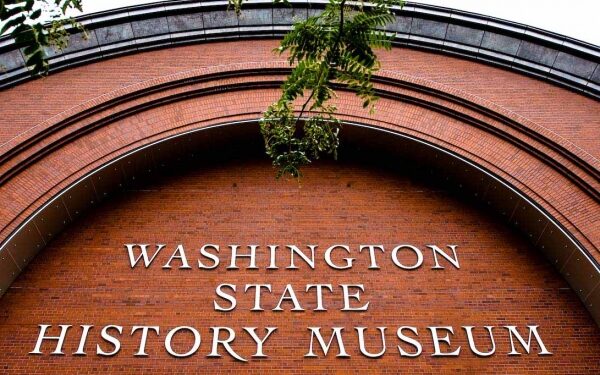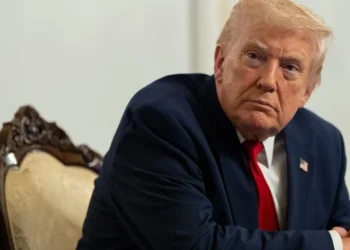After a nearly month-long closure, the Washington State History Museum in Tacoma has officially reopened to the public, marking a significant milestone in its ongoing efforts to present a more inclusive and accurate portrayal of Washington’s diverse heritage. The museum temporarily closed its doors on January 13, 2025, to allow staff and curators to prepare for the installation of a major new permanent exhibition that is set to redefine how Washington’s history is told.
The centerpiece of this renewal is an ambitious and historically significant exhibition titled This is Native Land, scheduled to debut in the summer of 2025. This forthcoming exhibition is set to become one of the most comprehensive public displays in Washington state dedicated to presenting the region’s history through an Indigenous lens. It aims to explore key historical events and narratives while centering the voices, experiences, and cultural resilience of Washington’s Native communities.
Curated by Dr. Danica Sterud Miller of the Puyallup Tribe and Todd Clark of the Wailaki Tribe, This is Native Land was developed in close collaboration with a Native Advisory Committee and various Washington Tribes. The curators and museum staff have worked diligently to ensure that the exhibition is both historically accurate and culturally respectful. The use of primary source documents, historical photographs, and rare artifacts will provide visitors with an immersive and educational experience rooted in truth and Indigenous knowledge.
According to Todd Clark, one of the lead curators, the purpose of the exhibition is not to assign guilt, but rather to foster understanding, recognition, and healing. Clark stated, “The intention of this exhibition is not to cast blame or make anyone feel bad about the actions of the past, but it is to recognize these acts as facts and work together to build a path to healing. Unless we recognize these truths, we will never be able to heal these wounds.” His words emphasize the exhibition’s mission to address long-standing historical traumas, such as forced removals, the impact of boarding schools, and cultural genocide, which have deeply affected Tribal communities across the state and the nation.
The exhibition will occupy the central gallery of the museum’s Great Hall and is designed to be a permanent feature. It is expected to become a cornerstone of the museum’s educational programming and a pivotal cultural resource for visitors of all backgrounds. While the exact opening date for This is Native Land has yet to be announced, anticipation is building among educators, historians, Tribal leaders, and the general public.
The reopening of the Washington State History Museum also signals a return to normal operations. Visitors can once again explore the museum’s wide array of exhibits, which cover various aspects of Washington’s political, economic, and social history. However, the announcement of This is Native Land has shifted public attention and interest toward the upcoming exhibition, which is poised to reshape how historical narratives are presented in the Pacific Northwest.
With this major addition, the Washington State History Museum is reinforcing its commitment to educational excellence, inclusivity, and historical integrity. The institution is not only preserving the past but also actively working to ensure that underrepresented voices—especially those of Indigenous communities—are heard, understood, and honored.
For those searching for information on Indigenous history in Washington, Native American heritage, or the role of Tribal sovereignty in the Pacific Northwest, This is Native Land will become an essential and enduring resource. The museum encourages all members of the community, including educators, students, and families, to visit the exhibition once it opens and participate in the ongoing dialogue it seeks to inspire.
As Washington State History Museum reopens its doors, it is clear that the future of history in the state is evolving. Through thoughtful curation and meaningful collaboration with Native communities, the museum is setting a new standard for historical storytelling—one rooted in truth, resilience, and shared understanding.







